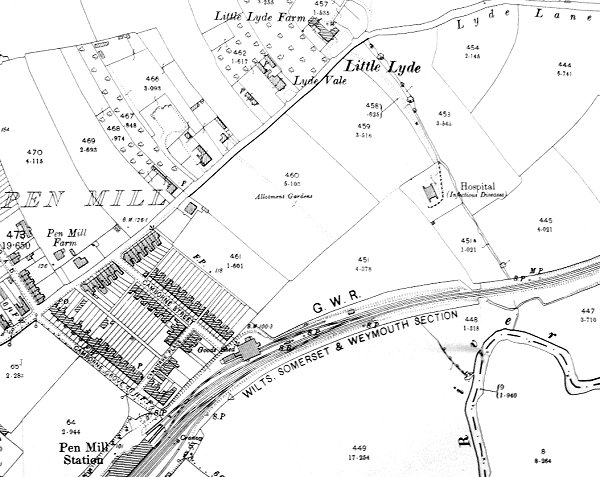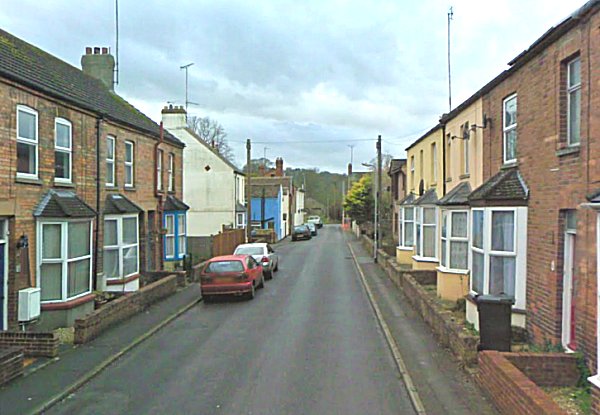camborne place
camborne place
Named after the Cornish town
Camborne Place, named after the Cornish town, was laid out in the 1880s on a field called Jacob's Medway (Parcel 867) and, at that time, was just outside the borough boundary.
Yeovil solicitor James Bernard Paynter was very successful in real estate and became quite wealthy. It is entirely probable that he became involved, on the financing side, in the speculative housing development of Camborne Grove, Camborne Place and Camborne Street of the mid-1880s. Later he even named one of his sons William Bernard Camborne Paynter, who was known throughout his life as Camborne.
It came within the Borough boundary following the 1904 boundary extension.
Primarily built to connect Camborne Street and Camborne Grove, some housing was built in the 1880's or 1890's with modern infill. An unmade track joins Camborne Place with Lyde Road, giving access for the rear gardens of Camborne Street and Camborne Grove that adjoin it.
MAP

The 1901 Ordnance Survey showing Camborne Grove, Camborne Place and Camborne Street all at lower left.
gallery

Typical late Victorian terraced housing in Camborne Place. Looking southwest to Camborne Grove.